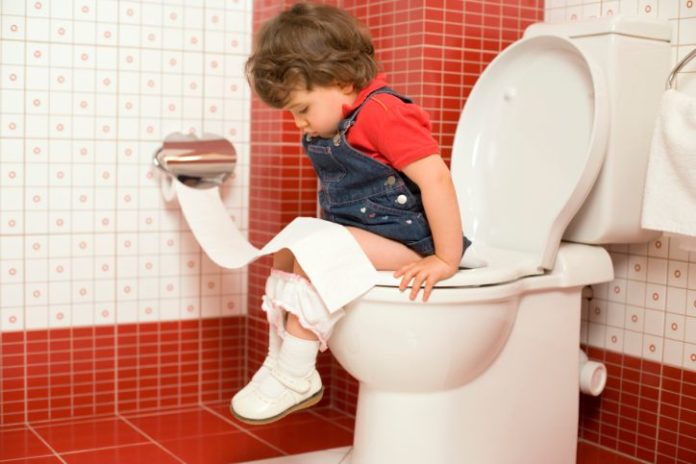Parents: stop worrying about which toilet training method to use – where urinary accidents in children are concerned, it doesn’t matter. This clearly-stated message, published November 1 in Clinical Pediatricsby physician researchers from the University of Medicine and Dentistry of New Jersey (UMDNJ)-Robert Wood Johnson Medical School and The Bristol-Myers Squibb Children’s Hospital at Robert Wood Johnson University Hospital, emphasizes that the method of training chosen by parents is not the cause of urinary accidents in children.
“Toilet training is an important milestone for children, the success of which often has been viewed according to the method of training used – a hotly debated topic in child development since the 1930s,” said Joseph G. Barone, MD, professor of surgery and pediatric urologist at UMDNJ-Robert Wood Johnson Medical School and surgeon-in-chief at The Bristol-Myers Squibb Children’s Hospital at Robert Wood Johnson University Hospital. “Our study and prior research suggest that toilet training children early, between 24 and 32 months of age, is more important for reducing the risk of urinary concerns than the method parents choose for training.”
According to Dr. Barone and his research team, there are two broad categories of training: parent-oriented, which was more common prior to 1960 and encourages early toilet training with firm parental direction, and child-oriented, which occurs when a child shows interest and willingness to be toilet trained. Both methods, according to the study, have dozens of modifications that may use rewards or the withdrawal of rewards in an attempt to be effective.
The researchers compared the methods of training used for two groups of children aged 4 through 12: a control group, who had no urinary problems after training was completed, and those who had symptoms of voiding dysfunction (daytime accidents) or urge incontinence (frequent or urgent need to urinate). Information was gathered through parental input, as well as medical examinations. The study found that there was no significant difference in the method of toilet training used between the two groups and therefore no association between the method used and urinary symptoms that may have followed training.
“Our study reveals that the decades of debate about the preferred method of training was not based on scientific evidence, but rather expert opinion,” said Dr. Barone. “The evidence presented in our research should help ease parents’ concerns that if their child has urinary difficulties, it might be the result of incorrect training or the training method chosen. It isn’t.”










